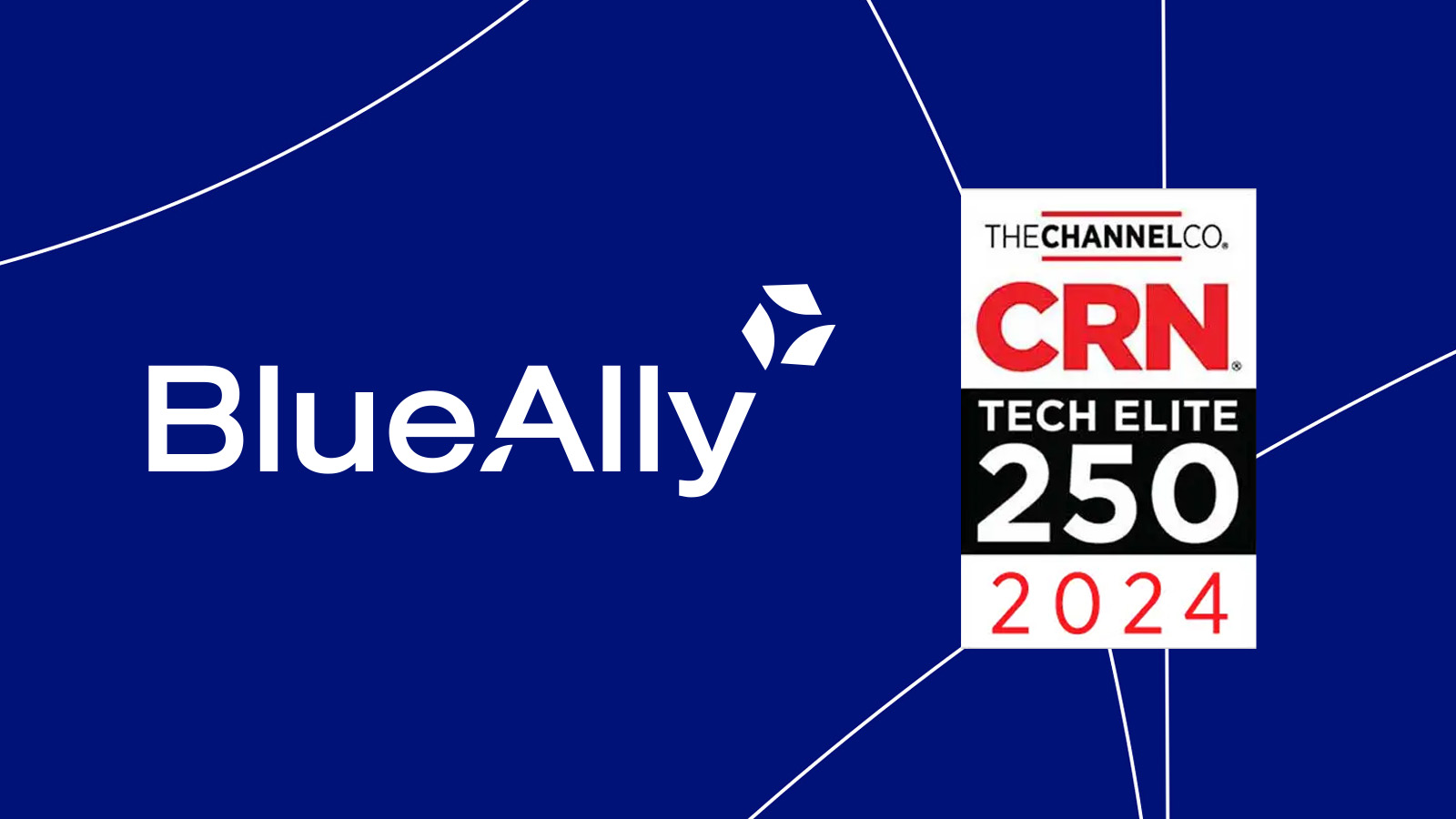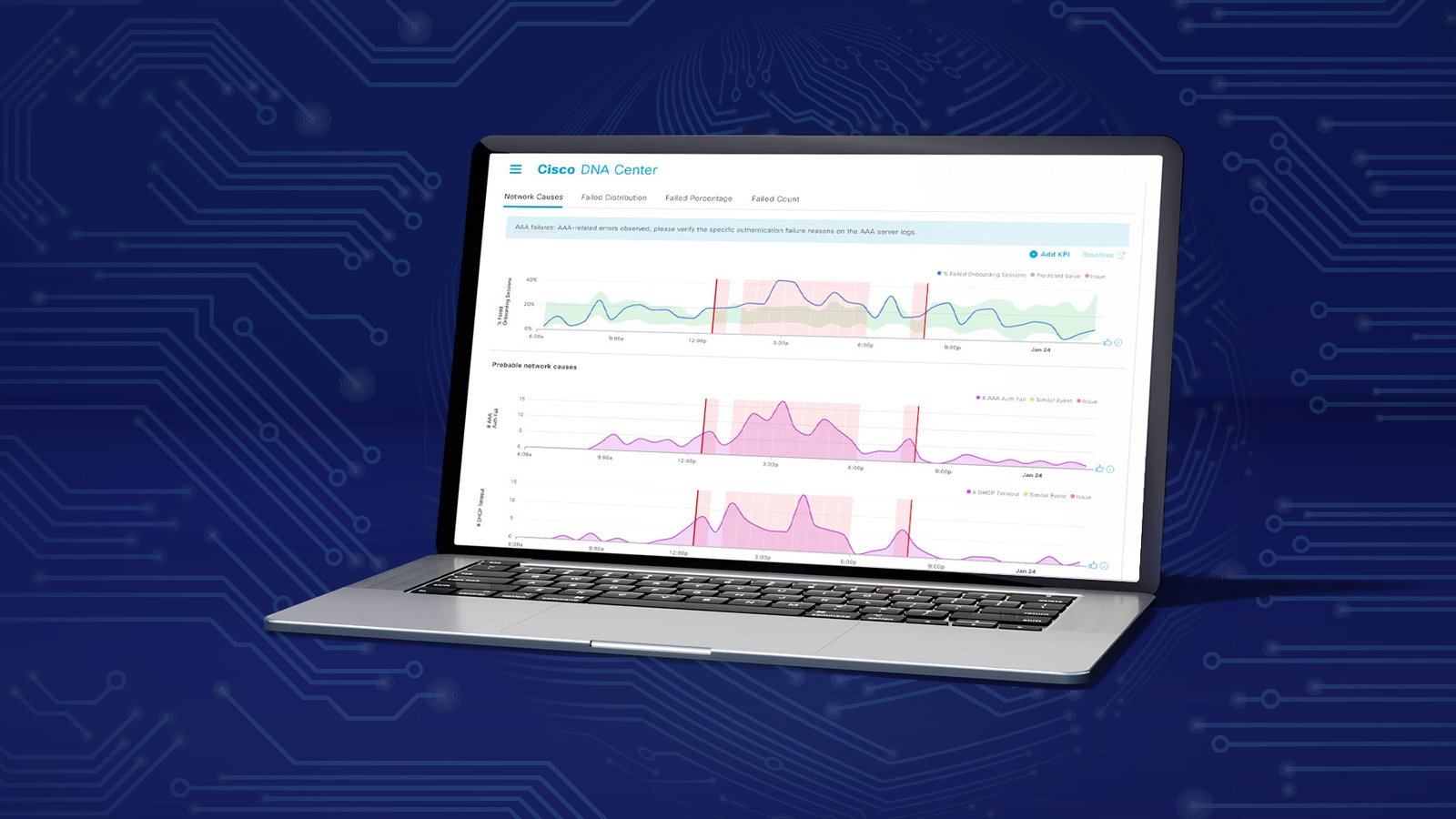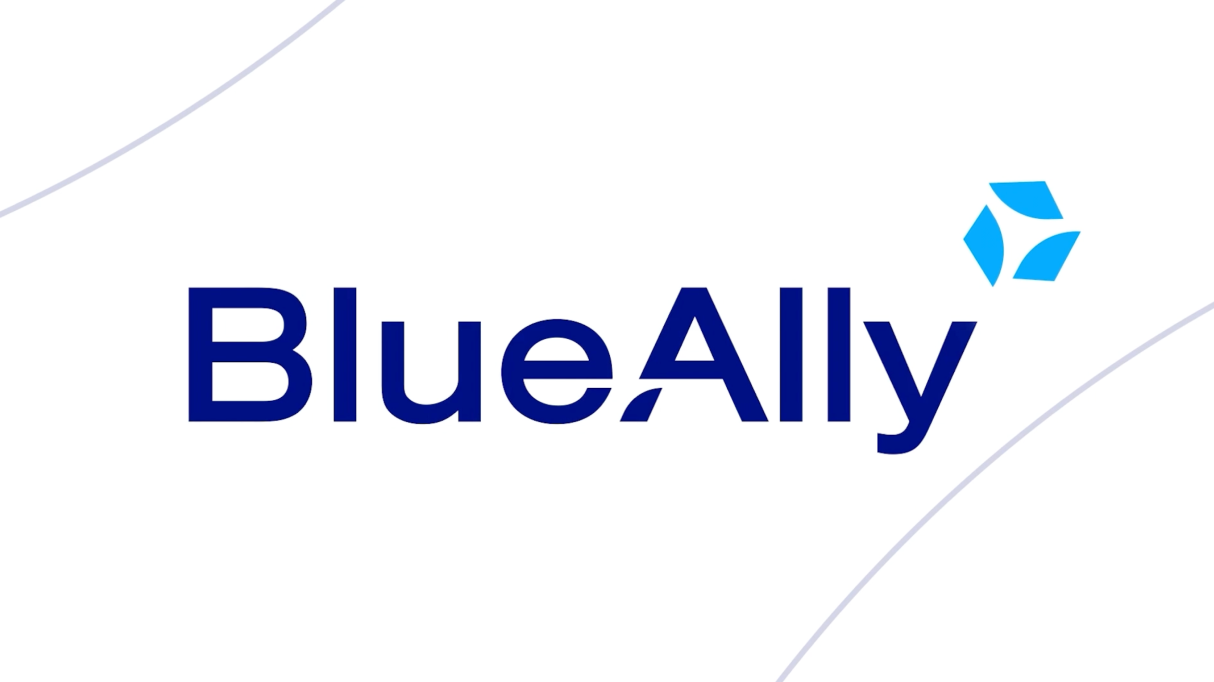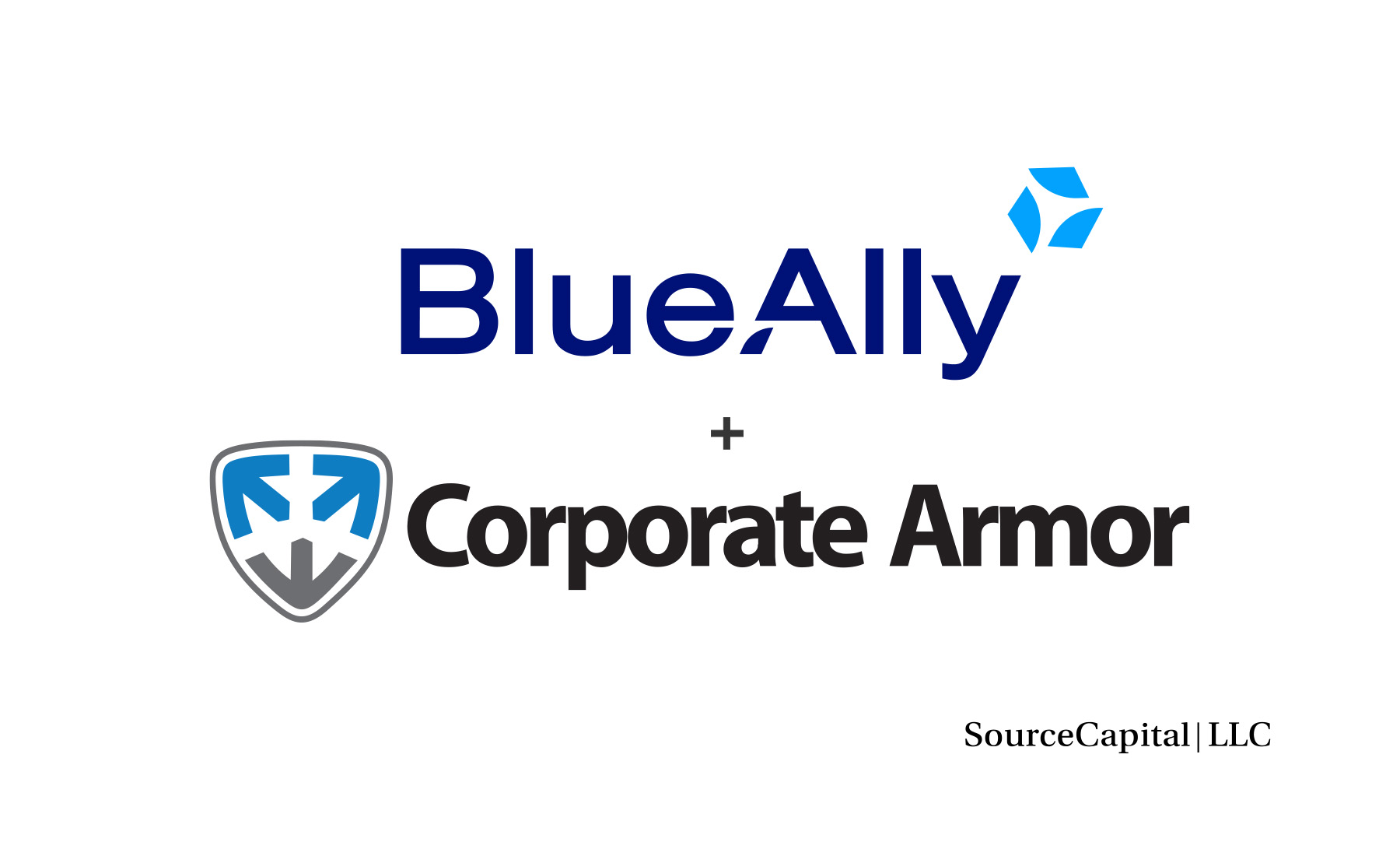 FEATURED
FEATUREDWILLIAM BELL | Principal Architect, Strategic Services
As hybrid work becomes the norm, IT leaders are increasingly faced with a complex question: Can Microsoft Teams and Cisco Webex coexist within the same collaboration stack—without confusing users or creating operational chaos? The short answer is Yes. But doing it well requires careful planning, thoughtful governance, and the right integration strategies.
For large enterprises, and federal agencies in particular, a dual-platform approach is often not a choice but a necessity. Legacy investments, business unit preferences, security requirements, and compliance mandates like FedRAMP often require the continued use of both Webex and Teams.
This blog explores the steps to take to ensure, not just side-by-side co-existence of these two platforms, but how to standardize the user experience, maximize interoperability, and reduce your administrative burden across the organization.
Why Coexistence Happens—and When It Makes Sense
Microsoft Teams and Cisco Webex are two of the most mature collaboration platforms on the market. While some organizations are “all-in” on one platform or the other, many face realities that make dual deployment a necessity:
- Departmental Preferences – Engineering teams may favor Webex for tight integration with Cisco hardware, while corporate teams automatically adopt Teams as part of the Microsoft 365 product bundle.
- Acquisitions or Mergers – Acquired business units often come with their own established platforms that are not easy to unwind.
- Compliance Requirements – Federal agencies may rely on Webex Calling for its FedRAMP certification while using Teams for internal document collaboration.
- Existing Room Systems – Organizations with significant investments in Cisco Webex Room Kits or Microsoft Teams Rooms (MTRs) need to protect those investments while supporting cross-platform meetings.
So, as you can see, using both Cisco Webex and Microsoft Teams isn’t a sign of indecision but a strategic response to evolving business needs and ever-changing technology landscapes. Fortunately, there are proven ways to optimize both the user experience and the administrative overhead of managing dual platforms.
Standardize the Meeting Join Experience
One of the most significant ways to enhance user experience is to minimize confusion with a standardized and predictable meeting join experience regardless of which platform the meeting invite originates from.
Start by aligning and integrating calendar workflows:
- Integrate both Webex and Teams with Microsoft 365/Outlook to allow one-click joins directly from calendar invites.
- Use deep linking or “Join Webex”/”Join Teams” buttons in the body of the invite to reduce ambiguity.
- Integrate room systems with enterprise calendars. Features like Cisco’s One Button to Push (OBTP) and Microsoft Teams Rooms’ one-touch join enable seamless, single-touch meeting starts, laying the groundwork for cross-platform room interoperability.
Optimize Meeting Room Interoperability
Meeting room systems are often the linchpin of a successful hybrid collaboration environment, especially in large enterprises where both Webex and Teams are used at scale. Many organizations run a mix of:
- Cisco Room Systems (Room Kit, Board, Desk Series, etc.)
- Microsoft Teams Rooms (MTRs) on Windows or Android
Rather than rip and replace, enterprises can leverage interop solutions for enabling seamless joining across platforms.
For Microsoft Teams meetings, Microsoft’s Cloud Video Interop (CVI) architecture enables standards-based SIP video conferencing systems to connect via CVI-certified solutions, such as Cisco’s Webex Video Integration for Microsoft Teams (VIMT), Pexip, and Poly.
For organizations using Cisco Webex devices, Cisco’s VIMT solution enables those endpoints to join Microsoft Teams meetings while preserving familiar room controls to minimize user friction.
Key considerations to maximize interoperability and user experience:
- Ensure room devices support both SIP and standards-based protocols to accommodate cross-platform join scenarios.
- Evaluate CVI-certified solutions to understand each solution’s licensing requirements, video layout capabilities, and supported features (e.g., lobby bypass, custom backgrounds, etc.)
- Configure signage and room interfaces to clearly communicate platform support and join instructions.
- Enable a consistent “one-touch” join experience across platforms. Whether using Cisco OBTP, One Touch Dial, or third-party integrations, the goal is to reduce user confusion and streamline room system interactions.
Use Webex Control Hub and Azure AD for Centralized Management
Managing two platforms doesn’t have to double your workload. With the right tools, your IT ops and collaboration teams can streamline administration, enforce consistent identity policies, and maintain visibility across both environments.
- Webex Control Hub provides centralized management of users, devices, meeting policies, and analytics across Webex services. For organizations requiring the MTR experience on Cisco endpoints (which Webex natively supports), Control Hub plays a critical role—offering visibility into devices, peripherals, performance, and alerts that aren’t available in Microsoft tools alone.
- Microsoft 365 Admin Center and Teams Admin Center offer equivalent controls for managing Teams users, meeting settings, and service-level policies—though they don’t extend to Cisco RoomOS-native endpoints.
- Azure Active Directory (Azure AD) can serve as the common identity provider, enabling unified Single Sign-On (SSO), Multi-Factor Authentication (MFA), Conditional Access, and group-based provisioning across both Teams and Webex.
Best Practice Tip: Configure Azure AD Conditional Access policies across both platforms for consistent security and compliance. If not already deployed, consider using Cisco Webex Hybrid Calendar Service and Microsoft 365 integration with Control Hub to improve join experiences and simplify scheduling across platforms.
Unifying Voice in a Dual-Platform Collaboration Stack
Even as messaging and video meetings have become dominant collaboration tools, voice communication remains essential, especially for B2B conversations, customer service, contact centers, and emergency services. For enterprises using Microsoft Teams for collaboration and Cisco’s enterprise-grade voice infrastructure, here are a few practical ways to unify the experience:
- Centralize PSTN connectivity through a distributed Session Border Controller (SBC) platform that supports both Microsoft and Cisco environments.
- Use Direct Routing with Microsoft Teams, paired with Cisco solutions like CUBE (Cisco Unified Border Element) to enable seamless voice interoperability between platforms.
- If your organization supports three or more telephony platforms, identify a core Session Management solution that can provide unified call control, routing, and interworking across all systems.
Best Practice Tip: For a streamlined user experience, consider enabling Webex Calling for Microsoft Teams. This enables users to chat in Teams and initiate calls using Cisco’s voice infrastructure—all from a single interface. There are no additional licensing costs, and it works with both Cisco Unified Communications Manager (CUCM) and Webex Calling. For organizations with significant Cisco voice investments, this hybrid approach delivers the best of both platforms without compromising on call quality, infrastructure, or productivity—giving users the freedom to choose their preferred collaboration experience.
Align Security and Compliance Policies
Security challenges in dual-platform environments often stem from inconsistent policy enforcement, not from vulnerabilities in the platforms themselves. Without centralized governance, blind spots can emerge that affect compliance, data protection, and user accountability.
Best practices include:
- Unified DLP and eDiscovery: Ensure both platforms are connected to the same compliance tools—such as Microsoft Purview or a third-party CASB—to apply uniform data loss prevention (DLP), archiving, and legal hold policies.
- Consistent Access Controls: Use Azure AD Conditional Access policies to enforce role-based, geographic, and device-aware access rules across Webex and Teams.
- Aligned Retention and Recording Policies: Standardize meeting retention and recording governance across both platforms to avoid compliance gaps or legal exposure.
- Device Management Integration: Use platforms like Intune (Microsoft Endpoint Manager) or third-party MDM tools to enforce consistent device posture checks, access policies, and endpoint security controls.
- Centralized Logging and Monitoring: Leverage SIEM tools (e.g., Microsoft Sentinel, Splunk) to consolidate event logs and security monitoring across both environments, enabling consistent alerting, auditing, and incident response.
If operating in a federal or regulated industry, additional controls may be required to meet standards such as FedRAMP, FISMA, or NIST 800-53.
Govern, Train, and Communicate
Even the best technical integration will fail without user education and clear governance. Success depends on:
- Platform ownership – Define which business units “own” which platform and for what purpose (e.g., Teams for internal chat, Webex for client meetings). This ownership should include policy enforcement and roadmap alignment.
- Guest access governance – Many enterprises struggle to align guest access policies across Webex and Teams, leading to confusion and security gaps. A governance checklist can help standardize settings, reduce friction, and ensure compliance across platforms.
- End-user training – Provide simple documentation and quick-reference guides that explain when and how to use each platform. Focus on common workflows, not just features.
- Help desk readiness – Make sure your support teams are trained to troubleshoot issues across both platforms, especially in areas like meeting interoperability, guest access, and authentication problems.
Strong internal communication is essential. Reinforce policies through targeted messaging, lunch-and-learns, and leadership endorsement. Consider visual cues—like naming conventions, branded calendar templates, or color-coded invites—to reduce ambiguity and improve adoption.
BlueAlly’s Role: Helping Clients Design a Unified Collaboration Strategy
As a trusted Cisco partner and Microsoft integrator, BlueAlly brings the experience and certifications needed to design, deploy, and govern hybrid collaboration environments.
For federal agencies, BlueAlly delivers Webex Calling as a FedRAMP-authorized cloud solution, ensuring compliance with strict security standards—while still supporting Teams for productivity.
Whether your goal is to consolidate platforms or manage both strategically, BlueAlly can guide your IT team through:
- Platform assessment and coexistence planning
- Identity and policy integration
- Webex and Teams room system configuration
- Ongoing governance and change management support
Final Takeaway: Webex and Microsoft Teams can coexist—if you design for it.
With the right integration strategy, identity alignment, governance, and user training, organizations can harness the strengths of both platforms and simplify administration without sacrificing user experience or security.
In a world where hybrid work is here to stay, it’s not about choosing sides—it’s about choosing strategy.











































